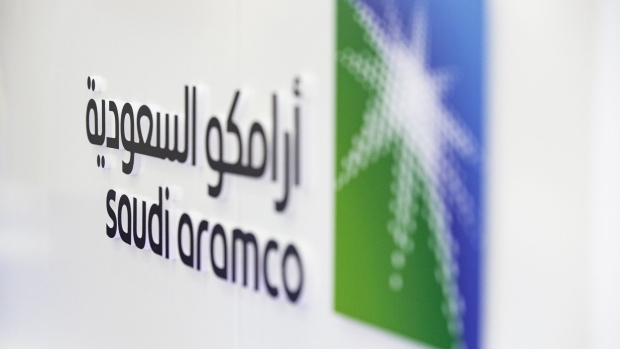Mar 22, 2021
Aramco oil payments to Saudi state fall 30% to US$110B
, Bloomberg News

Aramco’s payments to the Saudi Arabian government fell by 30 per cent last year, even as the company maintained its US$75 billion dividend, with the coronavirus pandemic sending crude prices tumbling.
The world’s biggest oil producer transferred 413 billion riyals (US$110 billion) to the state in 2020 in the form of dividends, royalties and income taxes, Aramco said in a financial statement on Monday. The money is a crucial source of revenue for the government, whose budget deficit widened last year as the economy went into recession.
Read more: Aramco’s US$75 Billion Dividend Survives Oil and Earnings Rout
Aramco, 98 per cent state-owned, kept its pledge to pay the US$75 billion dividend, the largest of any listed company. But royalties and taxes more than halved to around US$41 billion.
Aramco’s debt swelled to US$162 billion at the end of 2020 after the company took on US$90 billion of loans and bonds. Its net debt-to-equity ratio surged to 55 per cent from 26 per cent at the end of 2019. Many of those liabilities were used to fund a US$69 billion acquisition of chemicals maker Sabic from the Saudi sovereign wealth fund.
The government charges Aramco a royalty fee on every barrel of oil it produces, helping the state generate income on top of the taxes and dividends. Royalties slumped as the payments are linked to crude prices, which fell about 20 per cent last year.
The company is “very optimistic” about prospects for the oil market in 2021, Chief Executive Officer Amin Nasser said Monday on a call with analysts, forecasting an increase in demand, and consequently output. The company aims to channel most of its investment into oil and gas production this year.
Most of Aramco’s profit comes from its upstream business, which includes production of those hydrocarbons. That business posted a 40 per cent decline in earnings before interest, tax and zakat -- a local charitable contribution -- to US$110 billion in 2020.
The downstream division, which includes refining, chemicals and retail fuel sales, posted a loss of US$5.4 billion on an Ebitz basis, wider than its 2019 loss of US$927 million. Aramco is seeking to almost double its refining capacity this decade and aims to be a global leader in chemicals, helped by the Sabic acquisition.
Last year Aramco reshuffled its downstream business, which last made a profit in 2018, and created a separate division focused on “portfolio optimization” to scrutinize the company’s existing assets and develop plans to tap growing markets.


